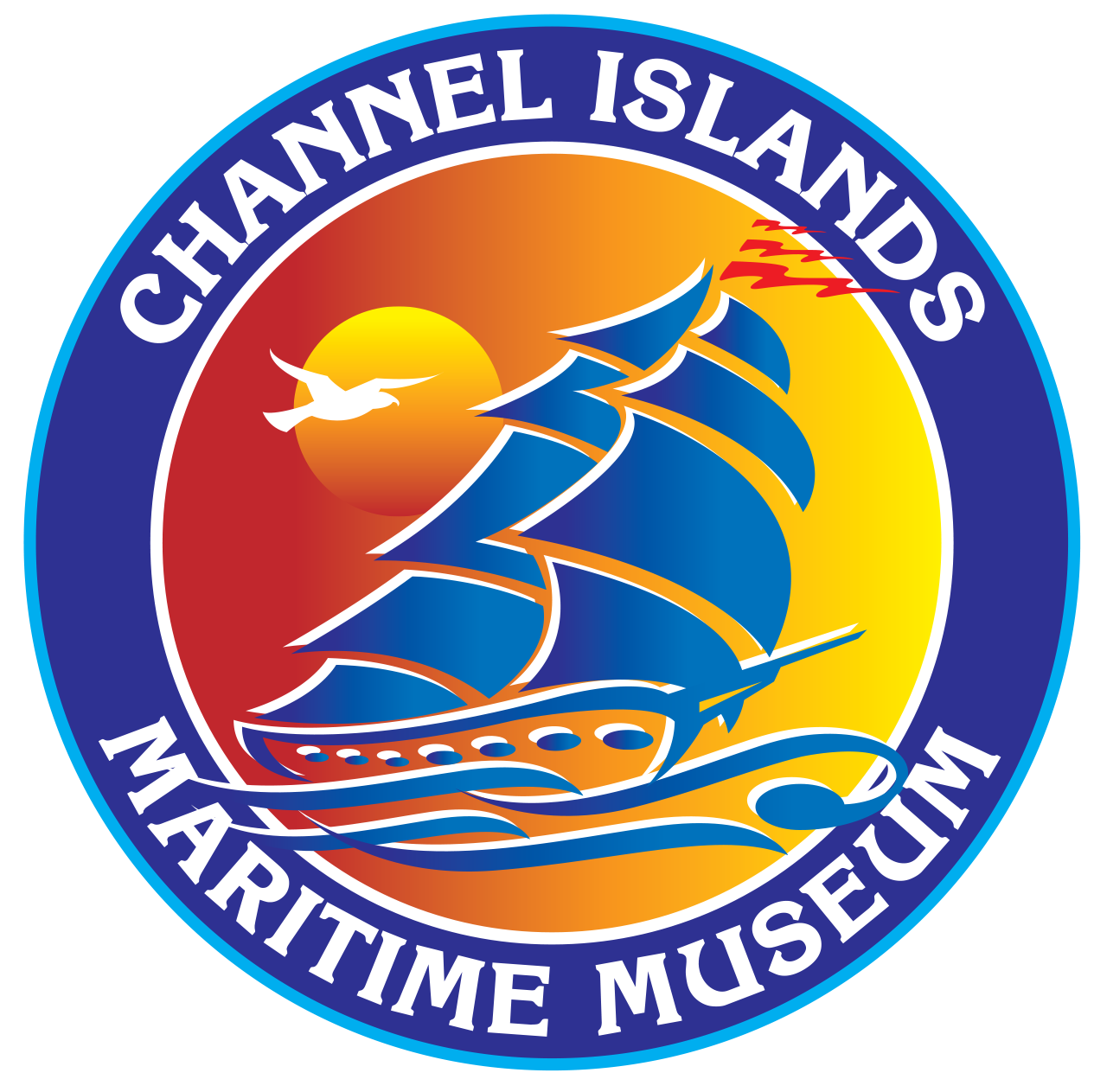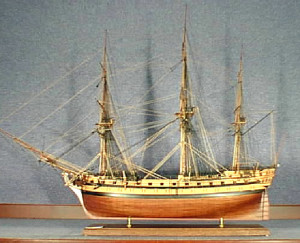The Ship
Third rate, 74-gun battle ship built in Harwich, England, in 1801. In 1804, Captain Pellew was ordered to her and she was employed in channel service until she sailed to join Lord Horatio Nelson in the Battle of Trafalgar. She was the fourth ship in the line, following immediately after the Victory, Lord Nelson’s flag-ship. Her battles were many and she more than held her own. She was broken up in 1822.
The Model
Plank on frame construction. H 28 ½” L 37 ¼” W 17” This is the only scratch-built model that Ed built in 1/8” scale and his first English man o’ war. It was made from plans from the National Maritime Museum in Greenwich, England. This will be his way of building his models from now on whenever it is possible.
The lower hull is black walnut; wales are ebony with bass wood between. The lower deck is maripringa. Notice the handmade gratings, the capstan and the cannon balls made of ebony.
The second and third decks are teak. Notice, hanging from the after side of second deck, the handmade buckets for sand to put out fires.
The anchor stock is walnut. The anchor itself is ebony as are all of the cannon turned out by Ed.
Also notice the two stern lanterns that Ed made, and the only figurehead that is painted. This is because after he had carved it of boxwood, helmet, shield and all, he left the man nude, and had to use gesso to put cloth on it and this is what he painted. He never did this again.
Also, notice the two carronades on the top after deck with cannon balls next to them. They are rigged as the original ones along with all the other cannons and cannon carriages. Also you will see all the rigging lines stowed as they would be at the foot of the masts when the work was done.
Along the side you will see the hammock nettings.
-From notes prepared by Dorothy Marple

